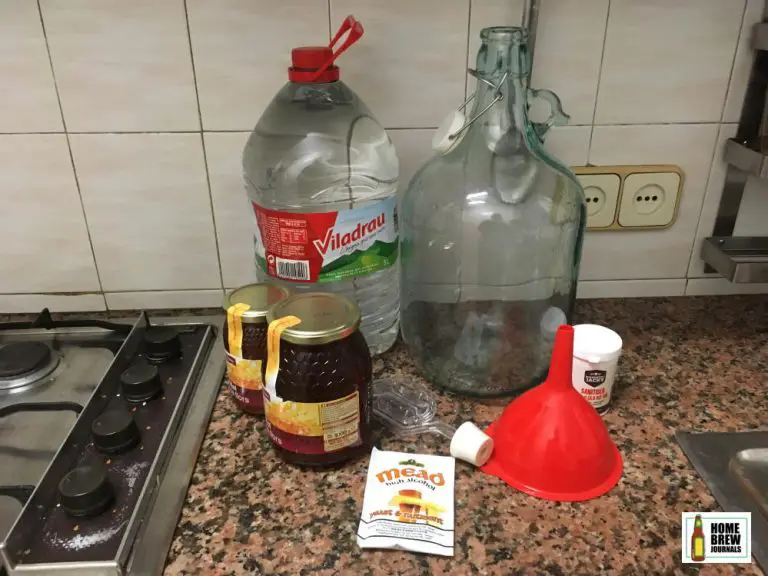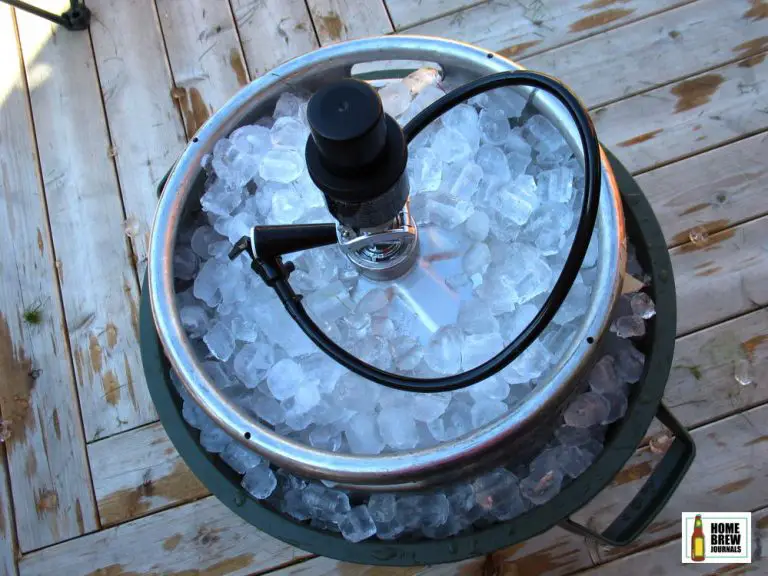The most common cause of bad-tasting homebrew is an infection caused by poor sanitation. Because of this, most homebrewers take great care to ensure that their equipment is correctly sanitised. The most popular sanitiser for home brewing is Star San by Five Star Chemicals. Star San is a no-rinse sanitiser that won’t taint your homebrew’s…
Tag: how to
Can A Refractometer Measure Alcohol? (Measure Alcohol With A Refractometer )
A refractometer is an instrument used to measure the concentration of a given substance in an aqueous solution. Brewers commonly use refractometers to measure sugar concentration in the wort, which can then be used to calculate beer or wine’s alcohol content. Refractometers are used widely used in the food industry. They are available with different…
Should My Homemade Beer Taste Like Vinegar? (What is that smell?)
No matter how many times you’ve made beer in the past, it’s always exciting when you open the first bottle from a new batch. Will the hop aroma be as good as expected, will it be cloudy, or will my homemade beer taste like vinegar? We all make a bad batch of beer at one…
What Happens If You Ferment Beer Too Warm?
Temperature control during fermentation is one of the most critical factors in home brewing and significantly impacts what your beer tastes like. Yeast has a temperature range where it works best. At the higher end of the temperature range fermentation is more vigorous. If the yeast gets too cold, it may stop fermenting all together.…
How do you know fermentation is complete?
Fermentation is the most critical step in the brewing process when yeast turns the sugar in the wort into alcohol and carbon dioxide. Depending on the type of yeast used, the concentration of sugar in the wort and ambient temperature, fermentation will usually take between five days and several weeks to complete. Once fermentation stops,…
What Is Sparging In Beer Making?
When you’re first getting into beer making it can often seem a lot like alchemy; part science, part magic and with a lot of strange words that more experienced brewers use to describe unknown and mystical procedures. Three words that come up a lot are lautering, sparging and vorlauf. But what do they mean and…
What is Brewing Efficiency & How Is It Measured?
Most all-grain beer recipes published online and in homebrew books mention brewing efficiency or brewhouse efficiency. But what is brewing efficiency and how is it measured? Brewing efficiency is the quantity of sugar in the wort divided by the total amount of sugars which were potentially available in the grain expressed as a percentage. For…
Easy Viking Mead Recipe | How To Make Mead Step By Step
Mead is the oldest alcoholic beverage known to man and is believed to have its origins in Asia, some 7,000 years ago. Probably discovered by accident, mead soon spread to other parts of the world and is known to have been consumed by the Ancient Greeks, Romans, Mayans and of course the Vikings. Early civilisations…
How To Keep A Keg Cold Without A Kegerator (Tailgating, Weddings)
Whether you’ve bought a keg for a party or brew your own beer at home, if you want to serve draught beer on tap you’ll need to find a way to keep the keg cold. Most homebrewers store their kegs in a kegerator which is basically a refrigerator that has been specially designed to dispense…









